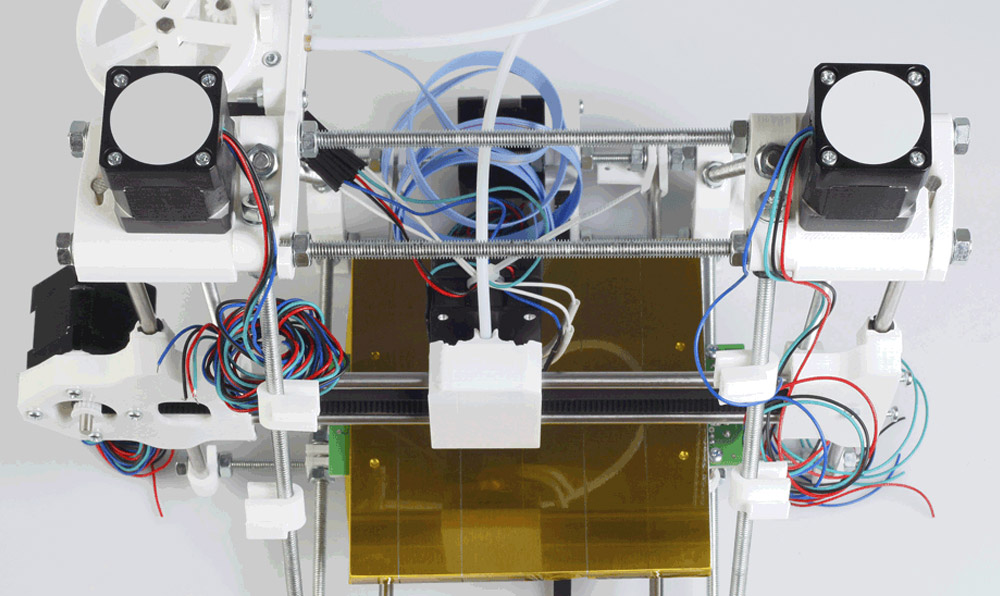Export compliance professionals, and others involved with ensuing their organizations remain on the right side of export, trade and financial compliance laws, may sometimes feel as though they are staring up from the base of some grand peak; a monolithic wall, if you will, of tasks that may seem insurmountable.
At the base of that mountain is the first leg towards maintaining compliance with the multitude of mandatory government export, trade and financial (OFAC) laws and requirements: restricted party screening. Also known as “denied party screening,” it’s the process of ensuring you are not doing business with those on Export, Restricted, Denied, and Blocked Persons lists, or Specially Designated Nationals (SDN), Politically Exposed Persons (PEP), or Sectoral Sanctions Identifications (SSI) lists—to name a few of the hundreds of U.S. and International government lists against which organizations must screen. At times both tedious and time-consuming, it’s a responsibility export compliance officers, and others tasked with ensuring screening gets done, face every day.
But what if, you could turn a process that is “tedious and time-consuming” into one that was “easy and automated?” A short cut that could turn Mt. Everest into a lowly foothill—a painstaking process fraught with the potential for concern into a figurative walk in the park.
Integrating restricted party screening into your business systems (ERPs, MRPs, CRMs, etc.), databases, eCommerce sites, or visitor systems is one of the most effective ways to achieve just that. Here are just a few of the reasons why organizations large and small should consider automating the restricted party screening process.
Time is money
Or so the old adage goes. Each hour wasted on data entry, such as the case with inputting data into a manual screening system, is money that you are spending to have a potentially highly skilled professional duplicating work already done somewhere by someone else. You’d be surprised at the time saved by integrating restricted party screening into business systems such as Oracle®, SAP®, Salesforce®, NetSuite® and others, including legacy and custom-built systems—where screening can take place automatically at the point of data entry (or elsewhere in the business process).
Let the machine do the work
One great advantage of integrating a workflow into a system is that said system will always follow instructions to the letter. Tell it what to do once, and it will continue to do so until told otherwise. In other words, by configuring screening to occur at one or more points in the business process—screening will happen automatically at those designated points in the process, with the potential for human error removed altogether. From there, staff hours can be better spent vetting and clearing matches so that transactions can be completed, and orders sent out the door, much more efficiently, with increased confidence that you’re in compliance to boot.
Investing is not gambling
We all worry about investments paying off, but an organization investing in a solution that can improve productivity—and ultimately help increase the bottom line—is likely to reap dividends over the long-term. If that solution is cost-effective and requires little-to-no internal resources to implement, the benefits can be realized even in the short-term!
No pain? No Gain. Perfect!
There’s rarely any “gain” from having to repeatedly enter restricted party screening details manually—humans can inadvertently make errors, or forget to screen—and in order for screening to be most effective, individuals and entities should be rescreened throughout the duration of the business relationship. One of the greatest advantages of integration comes from taking the burden off internal staff resources and letting the machines do the work. After all, it’s why they were put there in the first place. It also gives internal resources the freedom to focus on other matters, such as growing the business, or improving other internal processes.
The moral of the story
Back to our initial analogy, whereby manual screening is the “mountain.” Consider automating the screening process by integrating it into the systems used every day the ski lift, chair lift, gondola—even better, the helicopter—that can get you to the summit in next-to-no time at all, with as little effort as possible. That way, you can spend more time on other activities, such as leisurely making your way to the bottom of the hill, where you can enjoy a nice cup of hot cocoa in the chalet.


